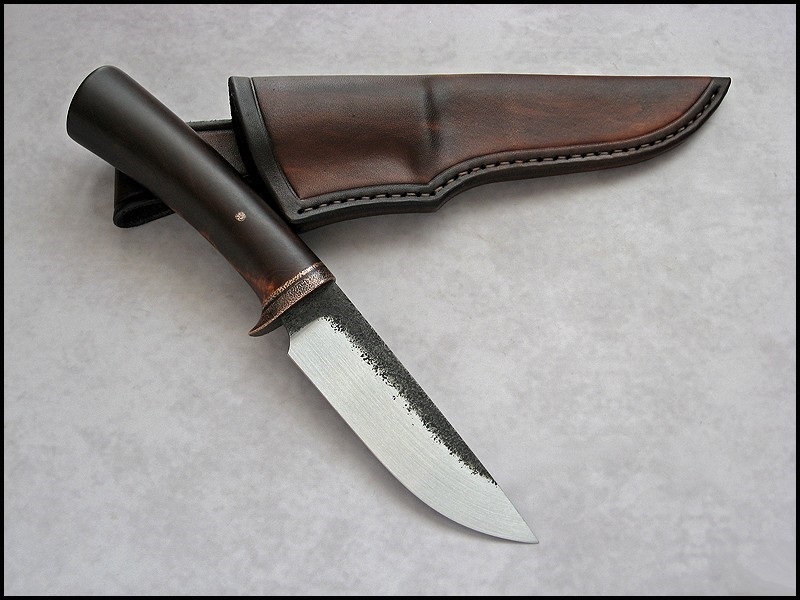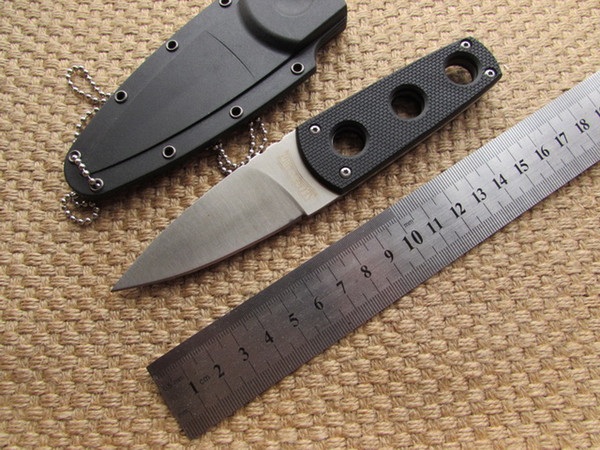
In fencing you will find 3 ways to place an opponent’s blade moving (growing the probability that she or he is going to be uncovered for your hit): (1) by convincing the opponent to maneuver the blade to respond to a perceived attack (a feint or provocation), (2) by percussion (attacking the blade with impact or pressure), and (3) by leverage (using the blade inside a “transport”).

The Ecu term transport is really a great explanation of the items we are attempting to do – moving the opponent’s blade in one spot to another, creating a dent. Additionally, the transport gains control of the opponent’s blade for any relatively long time. If the time can be used wisely with progressive forward movement while keeping a leverage advantage, the attack is fast, controlled, and hard to respond to over time to avoid its success.
One group of transport, the glide, is frequently referred to as whether taking or perhaps an attack around the blade. This course of action is taken by rapidly grabbing the foible of the opponent’s blade within the guard position (using the arm bent) using the forte and bell, and sliding lower the blade with opposition to obvious the road striking. The main difference between this and then any thrust or cut with sustained opposition to some present blade (instead of simply closing the road against a possible reaction) is difficult to discern, suggesting these different terms describe basically exactly the same action. The important thing causeing this to be a leverage action may be the sustained contact maintained towards the hit instead of the transient contact present in beats and presses (the 2 primary attacks around the blade). The glide can be achieved in most three weapons, in sabre either like a thrust or cut. In sabre this cut with opposition has the advantage of as being a one light action.
Another takings from the blade all prevent a long blade, preferably with a few rigidity (even though it appears as if a loosely held blade would supply less difficulty, in fact loose blades take time and effort to manage). These takings all try to change from one line to a different, diagonally, vertically, or circularly, and therefore are relevant to foil and epee.

The very first is the simplest to do, the bind using the opponent’s blade diagonally from high line somewhere to low line alternatively. Even though the common perception would be that the reverse is simply too harmful to try, watching Coach Iosif Vitebskiy get it done flawlessly implies that it is possible from low to opposite high line with considerable practice and delightful timing. Today, probably the most likely scenario where the needed blade contact exists by having an chance to bind is really a parry from the extended blade within the attack, making the bind, and also the following takings from the blade helpful as ripostes.
The second reason is the envelopment where the envelopment the opposing blade is selected up, after which rotated inside a circle because the fencer’s blade moves progressively toward hit. The movement should be continuous and progressive to deny the opponent the opportunity to roll from the movement in order to simply withdraw the arm. Like a practical matter, this course of action would seem to be restricted to the envelopment in sixth. The envelopment may also be repeated inside a double envelopment, even though this would appear to give the modern opponent a lot of possibilities to flee.
The ultimate choice is the croise, by which your blade crosses over an opponent’s blade inside your fourth, and shoves it lower vertically hitting within the low line underneath the opponent’s arm. In epee you’ve got to be quite careful that shoving the blade downwards doesn’t accidentally impale your leg or knee.
Although all descriptions from the croise concentrate on using the opponent’s blade inside your fourth, the same action can be carried out to cope with a long blade held at shoulder height in sixth (creating a riposte within the arm difficult). Pivot the blade within the opponent’s arm and shove your blade downward to within the opponent’s bell hitting around the chest.
Takings work, but you will find conditions that must definitely be met:
- The taking and forward movement from the blade should be one quick, smooth, progressive movement that denies the opponent the opportunity to unveil or withdraw in the leverage.
- You have to maintain charge of the opponent’s blade.
- Taking and forward motion of the body should be synchronized to prevent impaling your self on the opponent’s blade.
- Keep blade deviation in the type of the attack towards the minimum required to squeeze opponent’s blade together with your point (or edge in sabre opposition glide cuts) forwarded to target. Getting to create the blade back to normal may lead to detachment and lack of leverage.
Oftentimes in modern fencing, the fencer must fence for just one light to prevent the potential of being hit and getting that hit receive priority. The takings from the blade offer a method to control the opponent’s weapon, greatly growing the chances of 1 light within the fencer’s favor. As a result proficiency within their me is to your benefit.





